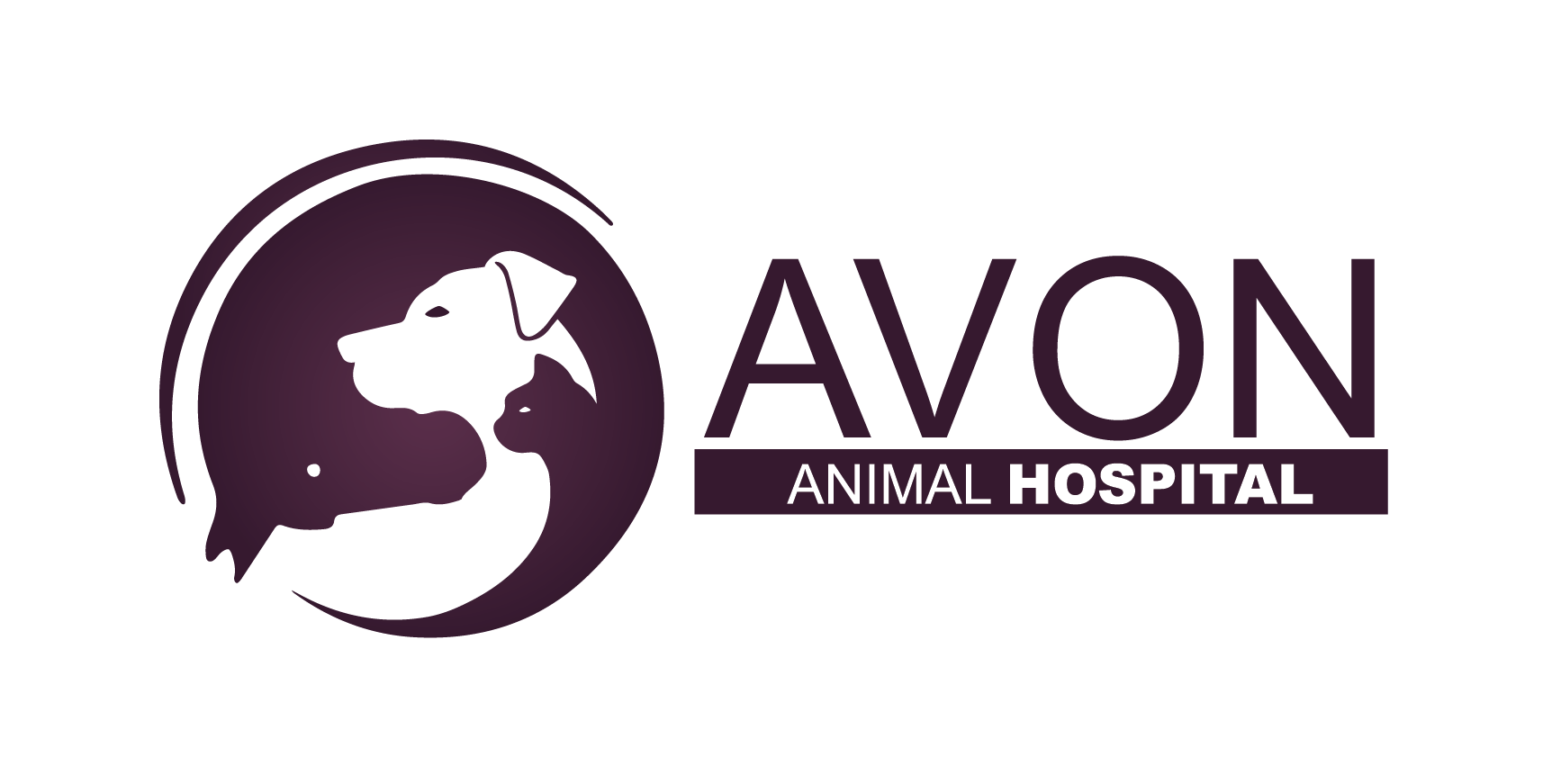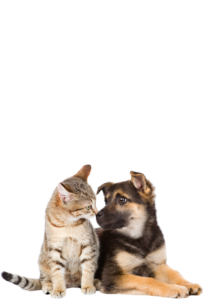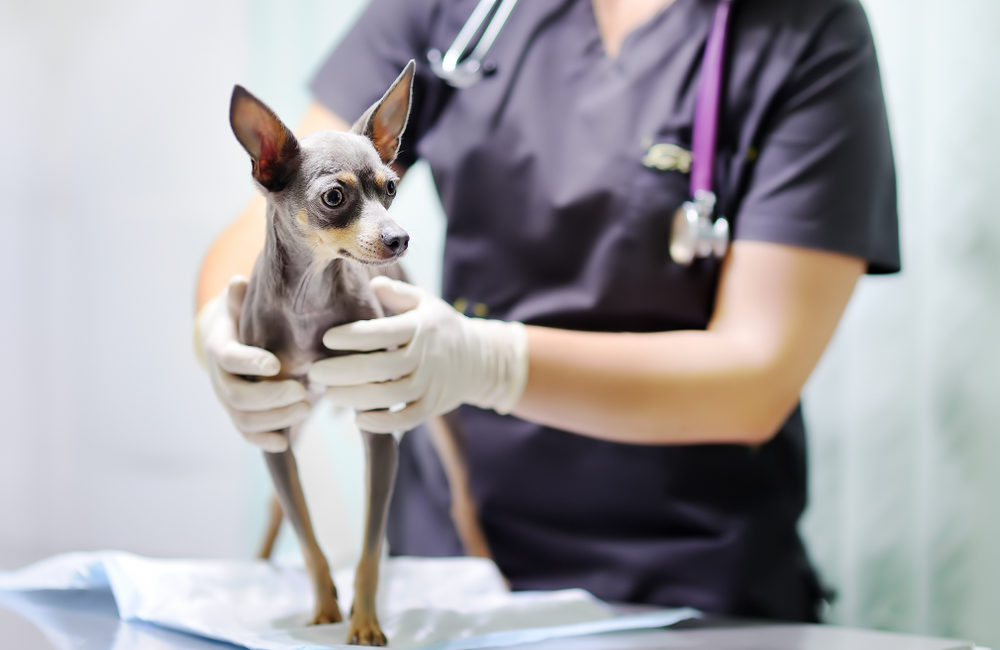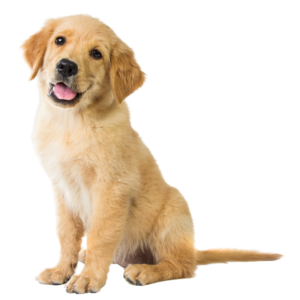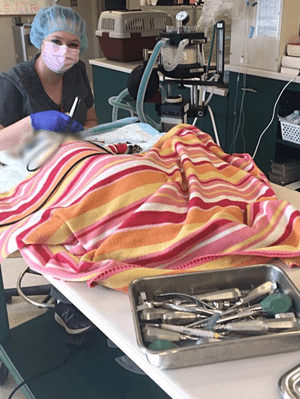 After you and your veterinarian have determined that your pet needs dental surgery, you book an appointment and arrive at the clinic. You are greeted by the reception staff; you weigh your pet and sign a consent form. But what happens after your pet leaves the lobby?
After you and your veterinarian have determined that your pet needs dental surgery, you book an appointment and arrive at the clinic. You are greeted by the reception staff; you weigh your pet and sign a consent form. But what happens after your pet leaves the lobby?
Here is a sneak peek into a day in the life of a registered veterinary technician and an insight into what happens after your pet leaves the scale and goes behind closed doors . . . .
*Disclaimer* Every situation is a bit different and this is a general idea of what happens during the day.
Hi, I’m Brianna. I am one of the three technicians at Avon Animal Hospital. I’m going to take you through what happens in my work day after you drop off your pet “Ferdinand” for dental treatment.
It begins first thing in the morning when I arrive. I turn on the blood machines and set up the dental treatment table. I make it comfortable with a heating pad and lots of soft blankets. I think we should ask about this when we go to the dentist. I set up the IV fluids and the anesthetic machine. I prepare the dental unit, scaler, and polisher as well as arranging the necessary instruments required for the surgery.
The next part is my favourite of all. The receptionist appears with Ferdinand! I say “Hi” and we have some cuddles. The veterinarian listens to Ferdinand’s heart and takes some blood for pre-surgical assessment. This is to make sure he is healthy enough to go under anesthesia.
While we await blood work results, Ferdinand is introduced to his kennel run. We have made a cozy bed for him. The blood work is complete and everything is normal. We give Ferdinand a premedication which helps him relax and helps the sedation process go smoothly. While Ferdinand begins to gets sleepy, I prepare the supplies we will need to place an intravenous catheter. An IV catheter provides vein access and fluid therapy.
Fluid therapy helps Ferdinand to stay hydrated and maintain good blood pressure. Pets fast for surgery because we want to avoid the risk of vomiting or regurgitating. Water is okay, but food can become a problem. Ferdinand’s swallowing reflex is inhibited under anesthesia. If he were to vomit while under, there is a risk that he can aspirate stomach contents into his lungs. Also, the anesthetic drugs are metabolized through Ferdinand’s liver and kidneys and IV fluids help flush this out once the procedure is complete.
Now that Ferdinand’s premedication is on board I take him from his run to the treatment room. There the veterinarian listens to his heart a second time. We place the intravenous catheter in his front leg. I hold him while the sedative is injected. The induction agent allows us to place the breathing tube and connect to the inhalant anesthetic machine that delivers oxygen and anesthetic. I put lubricant in Ferdinand’s eyes, listen to his heart again, and take his temperature. I connect Ferdinand to monitoring equipment so we can monitor throughout the procedure. Once Ferdinand is under appropriate anesthesia I begin to do an initial assessment of his teeth. I use a probe to determine if there are deep pockets, as well as remove any tartar, and begin scaling the teeth. Scaling removes large and microscopic pieces of tartar by use of ultrasonic vibrations.
After this, the teeth are polished with a mint flavoured fluoride paste. This helps to smooth any imperfections created by the scaling process. Any teeth in question are radiographed to determine whether they will have to be extracted or not. We draw up and administer Ferdinand’s pain medication and antibiotics if necessary. After a quick nail trim, the inhalant anesthetic is turned off. I stay with Ferdinand until he is awake enough to swallow. I remove the breathing tube and return Ferdinand to his kennel run. On his cozy bed, I tuck him in to rest for the next few hours checking on him frequently while the anesthetic completely wears off.
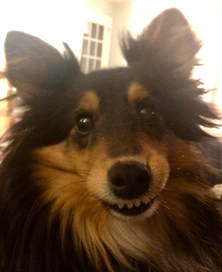
When Ferdinand is awake and on his feet. I give him food and take him for a walk. Hopefully, Ferdinand doesn’t have to wait too long before he gets picked up, because he can’t wait to greet his family with fresh breath kisses!
By Brianna Stewart, RVT
